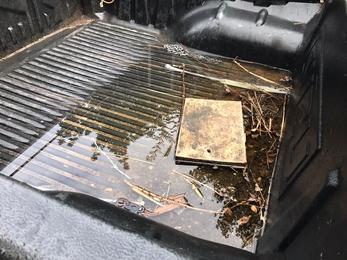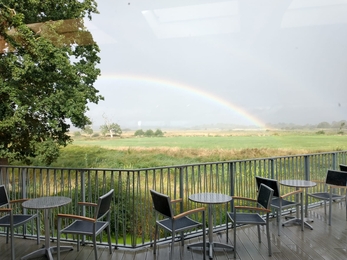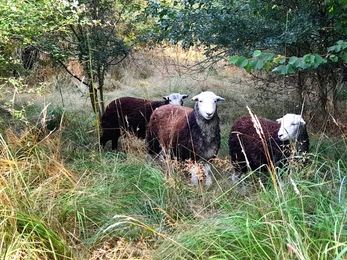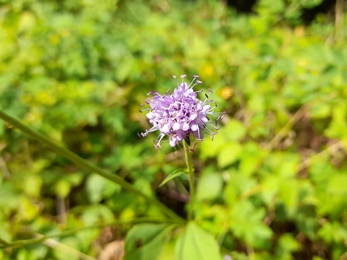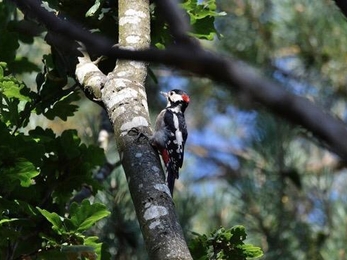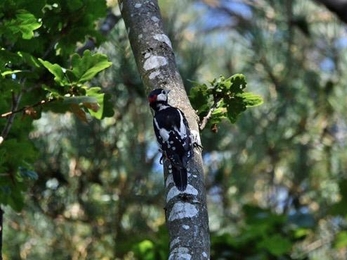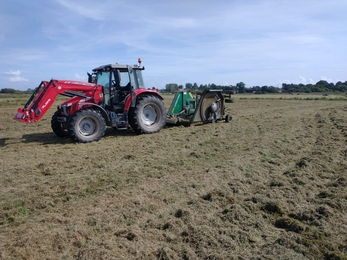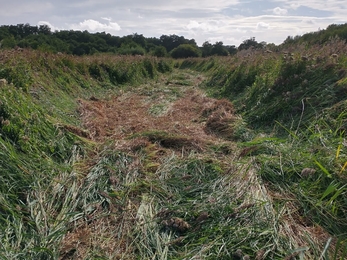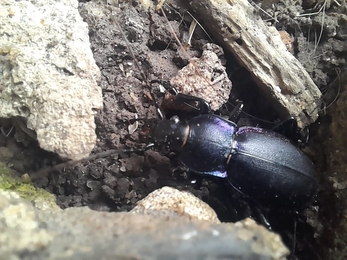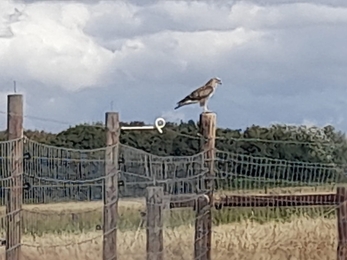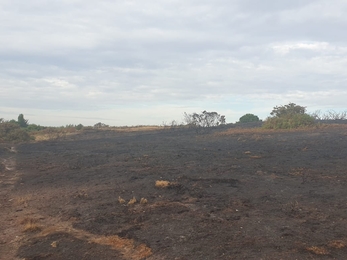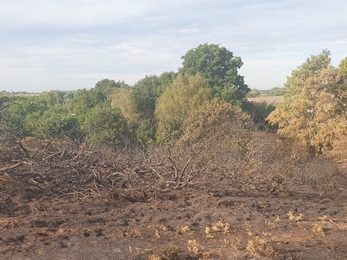Weekly wild news from our reserves - 9 September 2022
Rare grass of Parnassus in flower at Market Weston Fen – Debs Crawford
Across the county the exceptionally hot, dry summer has had very worrying effects on our nature reserves. Ponds, pools, marshes and rivers have dried up or nearly stopped flowing. The wardens have serious concerns about the long-term implications for our wonderful wildlife.
Relief as the rain returned...
In recent days everyone has been relieved to see rain returning, albeit in sporadic and very heavy downpours. At Lackford Lakes they had nearly a month's worth in a single day!
Conservation grazing for wildflowers
These cute Herdwick lambs make up the new conservation grazing team at Hewwit’s Meadow, Bradfield Woods this year.
Grass of Parnassus
Market Weston Fen supports the rare Grass of Parnassus, also known as bog star, which is currently looking glorious in flower. Grass of Parnassus is mostly confined to wet moors, damp pastures and marshes in northern Britain, but it is still found at a few sites in the Suffolk and Cambridgeshire fens and the Broads.
The pincushion-like, lilac-blue flower heads of Devil's-bit scabious are also displaying at the fen, attracting a wide variety of butterflies and bees.
Great spotted woodpecker
Thank you to Rob Quadling for sharing these gorgeous images of a male great spotted woodpecker seen at Lound Lakes this week. The great spotted woodpecker nests in holes that it excavates in trees in broadleaved woodlands, large parks and gardens. It has a distinctive, bouncing flight, but is mostly likely to be heard, rather than seen, as it 'drums' away at a tree trunk during its breeding displays. Great spotted woodpeckers eat insects and larvae, probing tree trunks with their extremely sticky tongues to extract them from their nests. In autumn and winter, they will switch to eating berries and nuts, and will visit peanut feeders in gardens.
Sunbathing spider
Site Manager Will Cranstoun snapped this young nursery web spider basking in the morning sun at Lackford Lakes. A common spider of heathland and grassland, the nursery web spider has brown and black stripes running the length of its body. The adults are active hunters and do not spin a web to catch food, instead using a quick sprint to capture flies and other insects. The female carries her large, round egg-sac in her fangs. When the young are about to hatch, she builds a silk sheet among the vegetation to act as a tent, sheltering them until they are old enough to live on their own.
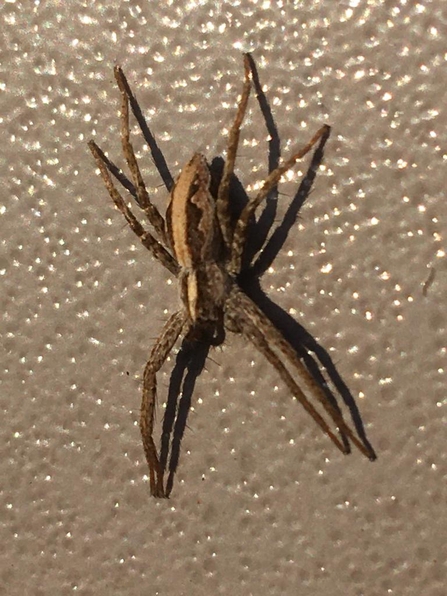
Young nursery web spider basking in the morning sun at Lackford Lakes – Will Cranstoun
Exmoor ponies released at Carlton
Warden Matt Gooch and his team released three Exmoor ponies at Carlton Marshes this week. This is the first time ponies have been introduced to the nature reserve, and the combination of their grazing and trampling will improve sward composition and structure across the wet grassland areas. There will be more ponies arriving for this important job over the next few months.
The Islander & The Swan Watcher
Warden Dan Doughty coined these apt names for two of our British White Cattle at Hen Reedbeds.
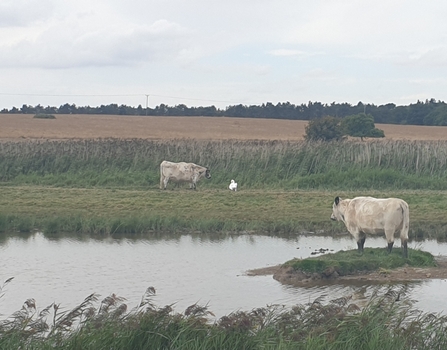
The Islander & The Swan Watcher at Hen Reedbeds – Dan Doughty
Cutting and topping
The North East Suffolk wardens have been full steam ahead with cutting and topping this week. At the Sprat’s Water SSSI area the floristic diversity is maintained by a seven-year rotational cutting regime. Carlton and Castle Marshes were also topped recently, which will benefit nesting birds, invertebrates and flora.
Bracken bruising
These before and after images show the results of bracken bruising at Lound Lakes. The bracken roller helps to control the spread of bracken by crushing the bracken fronds and bruising its stems, thus weakening the plant and its overall spread across the site. If it’s not controlled the bracken will dominate and open habitat will be lost along with important species.
Trimley Marshes brimming with wildlife
Trimley Marshes has some excellent passage waders on site at present and is well worth a visit. Recent sightings include Temminck's stint, ruff, spotted redshank, wood sandpiper, green sandpiper and little ringed plover, as well as bar-tailed and black-tailed godwit. Warden Joe Underwood also spotted this gorgeous violet ground beetle and a buzzard perched on the anti-predator fencing.
Another devastating fire
Another fire broke out over the weekend at Blackheath, with devastating effects for the wildlife that thrive there, such as invertebrates and reptiles. Halesworth Fire Station has urged people to be responsible for their litter and dispose of everything correctly after glass bottles were found in the aftermath of the fire. These could well have started the blaze if left in direct sunlight.








